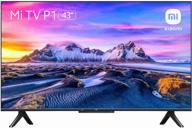
Review on Gold-Plated DisplayPort to HDMI Adapter (Male to Female) by Benfei - Compatible with Lenovo, Dell, HP, and Other Brands by Mark Ponnusamy

Worked as expected!
Feedback: The adapter seems to be well made. It was in a plastic bag, not a box, but it did have a protective cap on the DisplayPort connector and a plastic wrap on the HDMI connector body. It is securely connected and I tested the version with no issues. Interestingly, some of the people who had trouble clearing it didn't realize that DP has an active hold mechanism that needs to be pressed to clear. As expected (or at least hoped) both video and audio went smoothly with my surround sound. help others: Active vs. passive adapters: I'm using a tiny Lenovo M83 PC as a home theater PC that has a DisplayPort++ output. As others have said, this is a passive adapter and may NOT work with your output unless it is marked DP++. DP++ stands for "Dual DisplayPort" and simply means that the connection automatically detects whether an HDMI or DVI adapter is connected and sends the appropriate signals instead of DP signals. Now it is important to understand that most modern DP ports work in dual mode regardless of whether the DP++ logo is present or not. So you should do some research beforehand to find out if your device has a dual-mode connector, or risk finding out the hard way. Audio via adapter: My main concern with this adapter was whether it would pass audio from DP to the HDMI cable going to my surround receiver. To clarify, my setup is: PC Display Port > this adapter > HDMI cable > Receiver > HDMI cable > TV. When I first booted up the computer (first boot after installing Windows 10 Pro), Windows immediately displayed video on my TV, but there was no sound from the surround speakers (I clicked the Windows volume control and heard " thing"). Through the Control Panel (not the Windows 10 Settings junk app, what's wrong with the Control Panel, Microsoft?!) I went into the Sound Options. In the "Playback devices" section, there was only one item "Speakers". However, almost immediately while I was in the sound settings, another device appeared with a name that matched my receiver's model number. Windows automatically set it as the default device. I went ahead and disabled the other "speaker" device just in case. After restarting, all settings were preserved and the sound continued to work properly. If you're using a surround sound receiver, you should also click on the playback device and select Setup. Here I could specify that I have 5.1 surround sound but there were other options like stereo and 7.1 so make sure you pick the right one. If you're running this directly on the TV, the default is Stereo, which is what you want. It sends test audio to each speaker separately, allowing me to verify that the 5.1 signal was actually going through the adapter. Now it remains to be determined whether it is an uncompressed PCM signal or a type of compressed audio stream; however, this may depend on the original media/applications providing the audio.
- Computer cable adapter
- Something else
New products
Comments (0)
Top products in 🔌 Cables
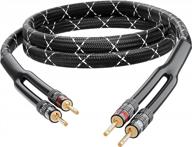
High-Quality 14AWG Braided Speaker Wire (15 Feet) With Dual Gold Plated Banana Plugs - Oxygen-Free Copper (OFC) Construction For Superior Sound - Black

15 Review
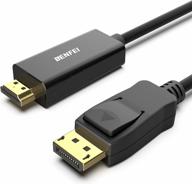
High-Quality BENFEI DisplayPort To HDMI Cable For Seamless Connectivity Across Lenovo, HP, ASUS, Dell And Other Brands!

18 Review
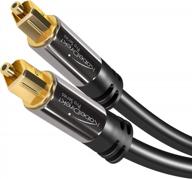
CableDirect TOSLINK Optical Audio Cable - Short 3Ft Fiber Optic Cable For Soundbars And Home Theater Systems

25 Review
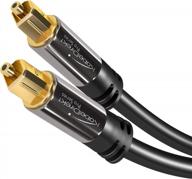
Premium Fiber Optic Cable For Enhanced Audio Experience: CableDirect TOSLINK 25 Ft Audio Cable For Soundbars And Home Theaters

18 Review



